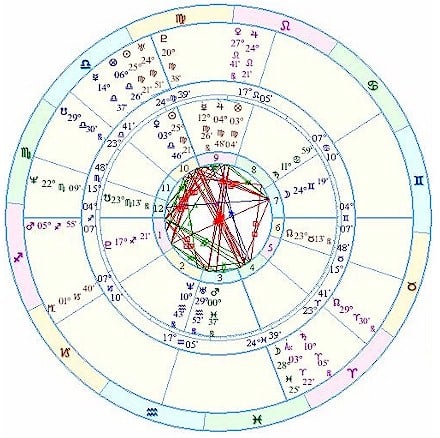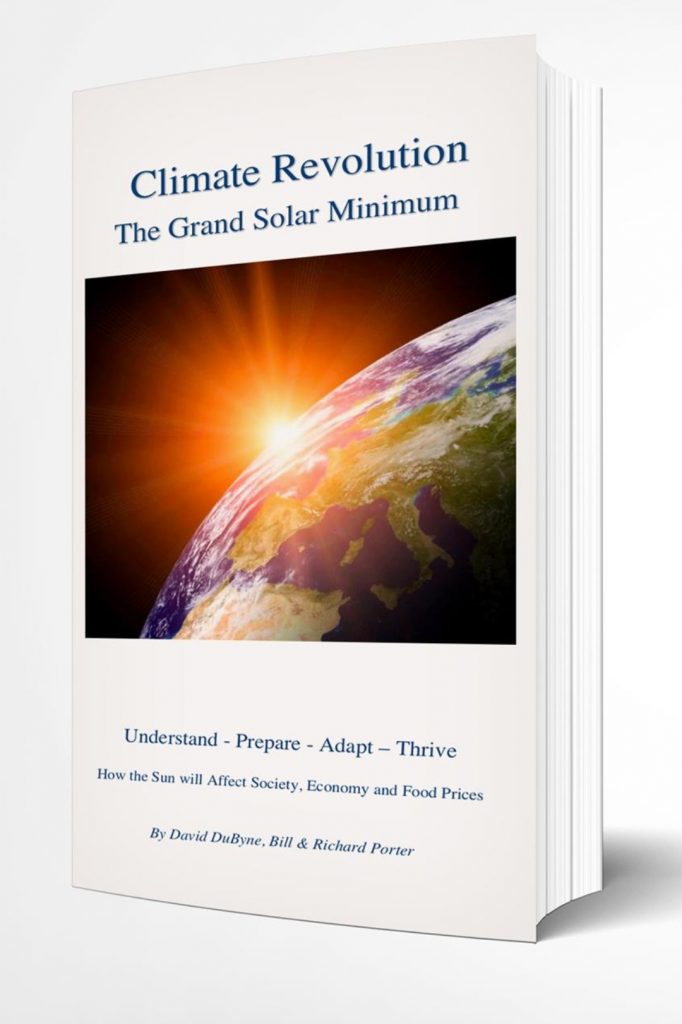


For the RCP4.5 scenario, without the solar effect, the temperature anomaly after 2075 presents an inflection and becomes constant after the year 2120, but the temperature anomaly has a clear decreasing trend when including the TSI. We found that in the RCP8.5 scenario the effect of the TSI is to prevent the temperature for having a runaway behavior after the year 2240, that otherwise it would have due to the high CO 2 emission it is the TSI that makes the temperature anomalies to have an inflection and start decreasing. (2007)CO 2 concentration scenarios were considered, the high RCP8.5 and the low RCP4.5, we also included two estimates of the Total Solar Irradiance (TSI). We obtained temperature anomalies for the ocean, the combined ocean-land area and the land. We used a thermodynamic climate model to compute the Northern Hemisphere temperature anomaly for the period 1980–2500. and willīe followed by a period of moderate activity. The period of high activity will end around 2400 A.D. After 2350 A.D., both methods point to a period of highĪctivity. Around 2250 A.D., both methods predict a period of moderateĪctivity. BetweenĢ1 A.D., the results are inconsistent regarding the duration Then, the methods were used to predict the period 2000-2500.īoth methods predict a period of low activity around 2100 A.D. However, they are less successful in predicting the correctĪmplitude.

Periods of high and low solar activities for a few centuries in the First, the two methodsĪre tested by predicting past changes. Predict the future of solar magnetic activity. Information from the past and apply it to two different methods to Same periodicities for the next centuries, we extract the spectral Assuming that the Sun will continue to vary with the Mainly based on the spectral information derived from the solar activity

Solar magnetic activity averaged over 22 years for the next 500 years This record confirms earlier results, namely, that the Sun has varied Records from Greenland and Antarctica with 14C from tree Reconstructed for the past 9400 years by combining two 10Be Recently, a new low-noise record of solar activity has been


 0 kommentar(er)
0 kommentar(er)
